
Please, rotate your screen
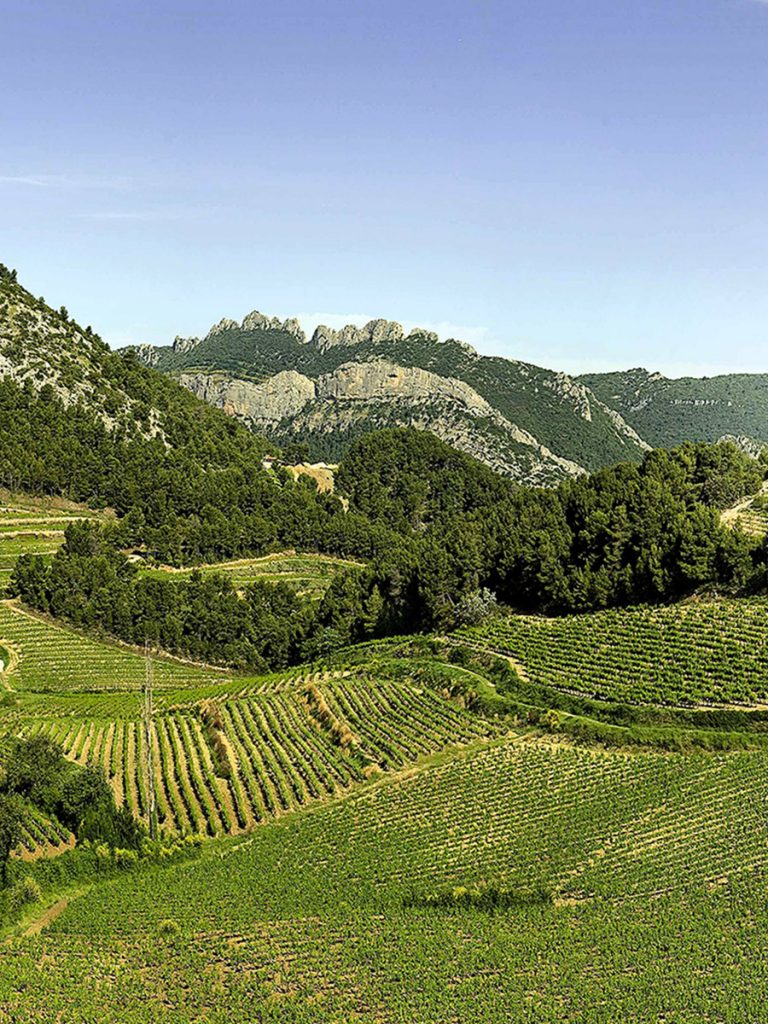
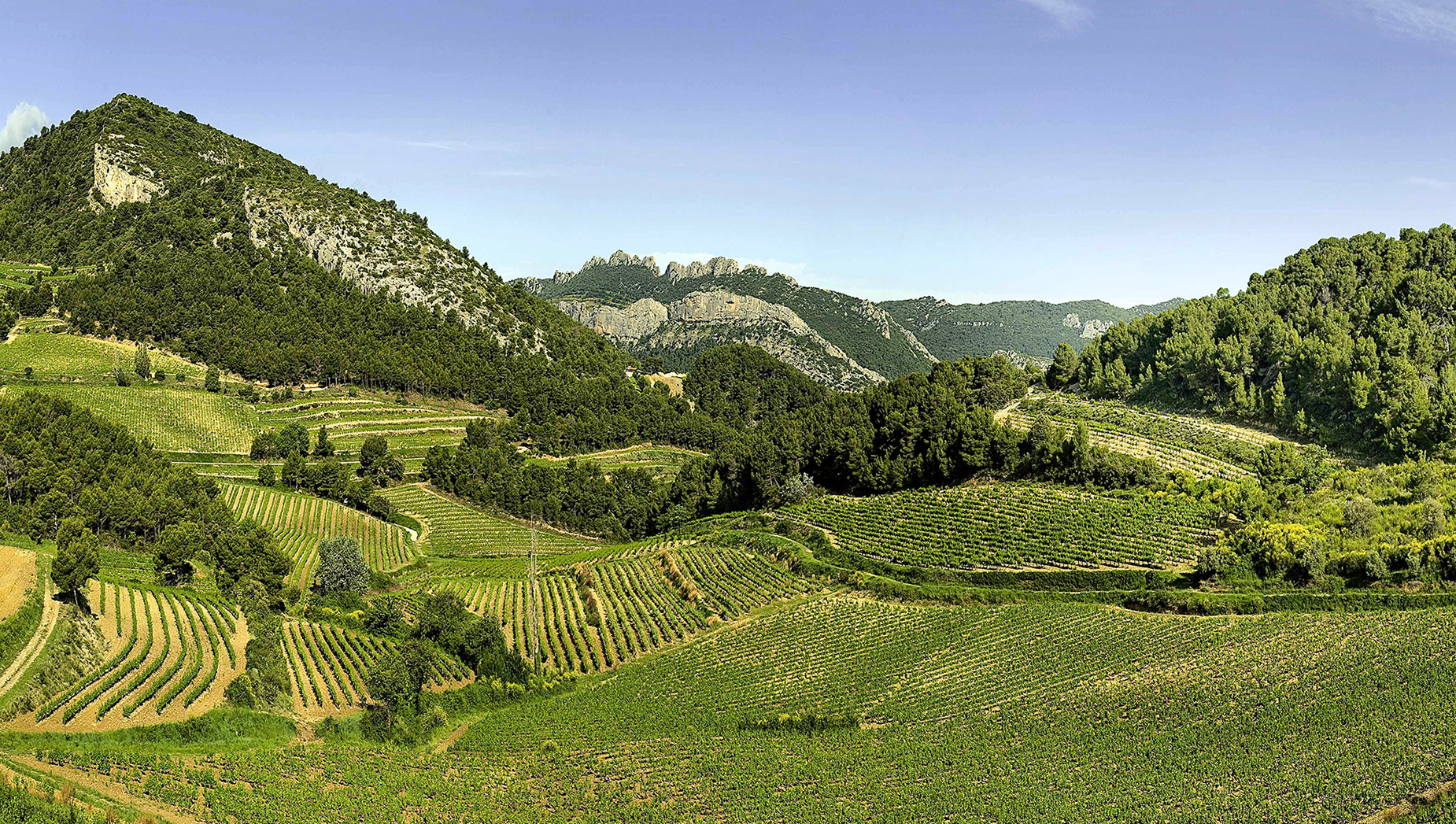
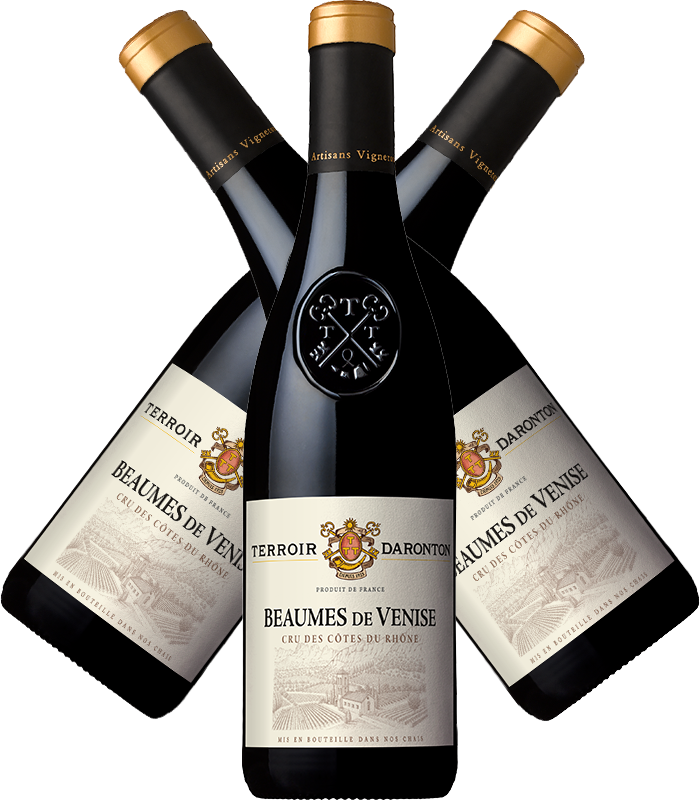
Beaumes de Venise, a mountainside appellation with two crus
Beaumes de Venise has a rich personality thanks to its three different terroirs: Terres Blanches de Bel Air, Terres Grises des Farisiens, and Terres Ocres du Tri
These 3 terroirs with unique geological formations produce two authentic crus: Muscat de Beaumes de Venise & red Beaumes de Venise.
Red Beaumes de Venise is complex and expressive with a bouquet of red fruit compote, spice, and liquorice. Muscat de Beaumes de Venise is a Vin Doux Naturel with floral and tropical fruit aromas and a beautiful long aftertaste. It is an aromatic extravaganza.
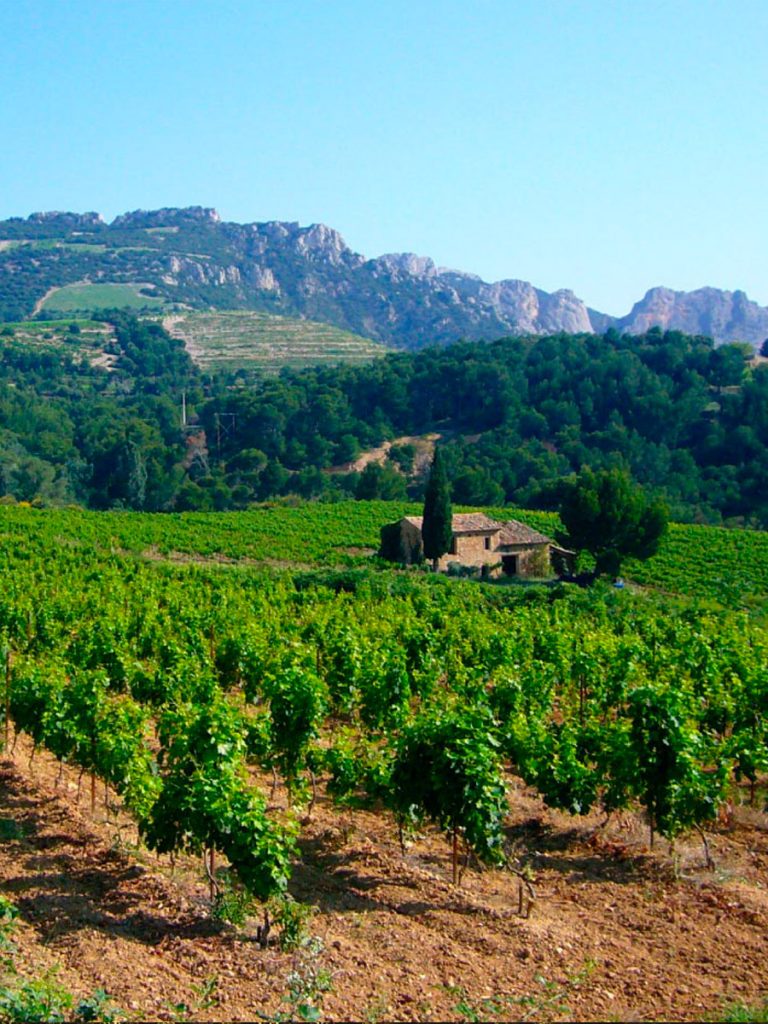
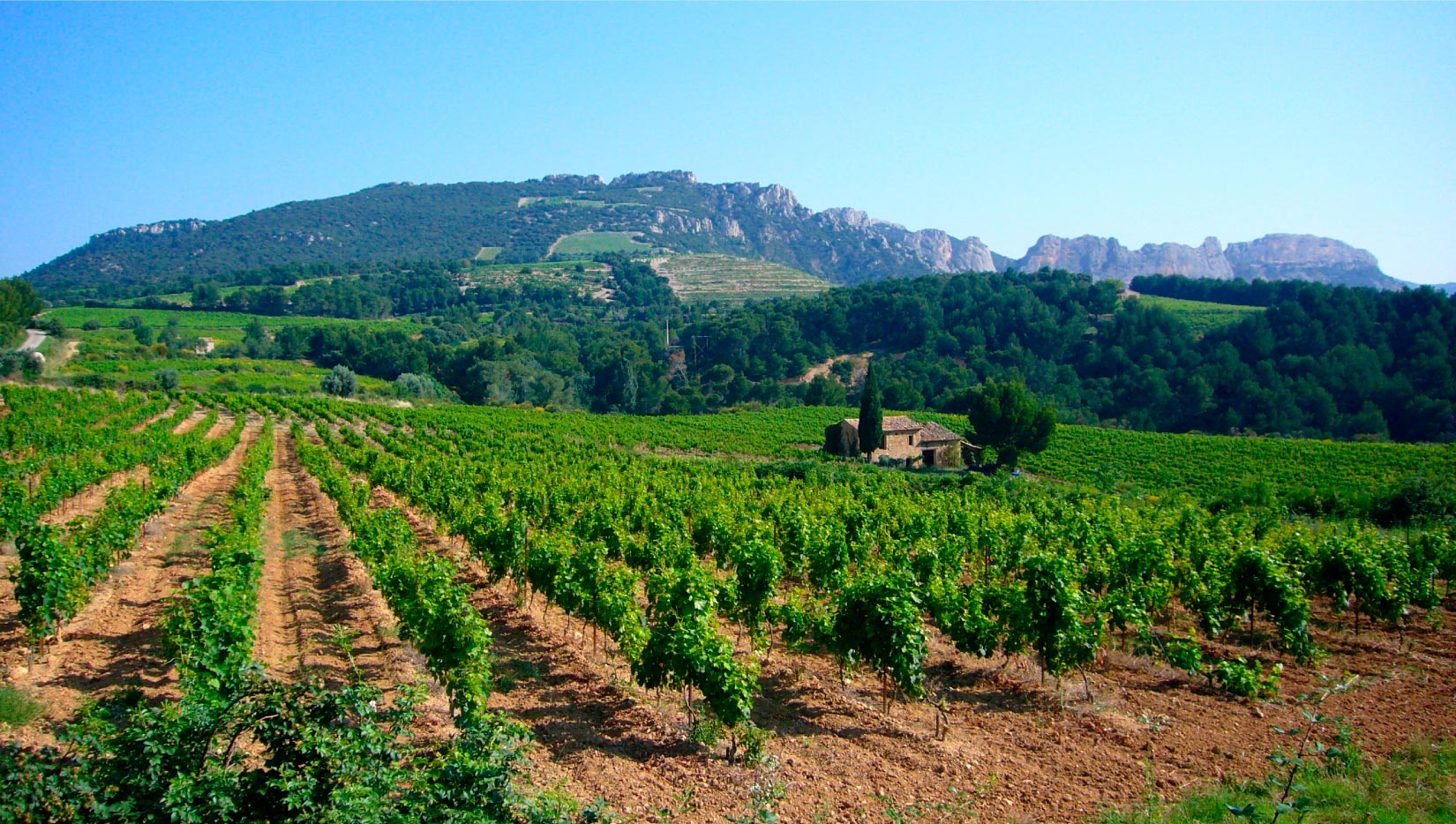
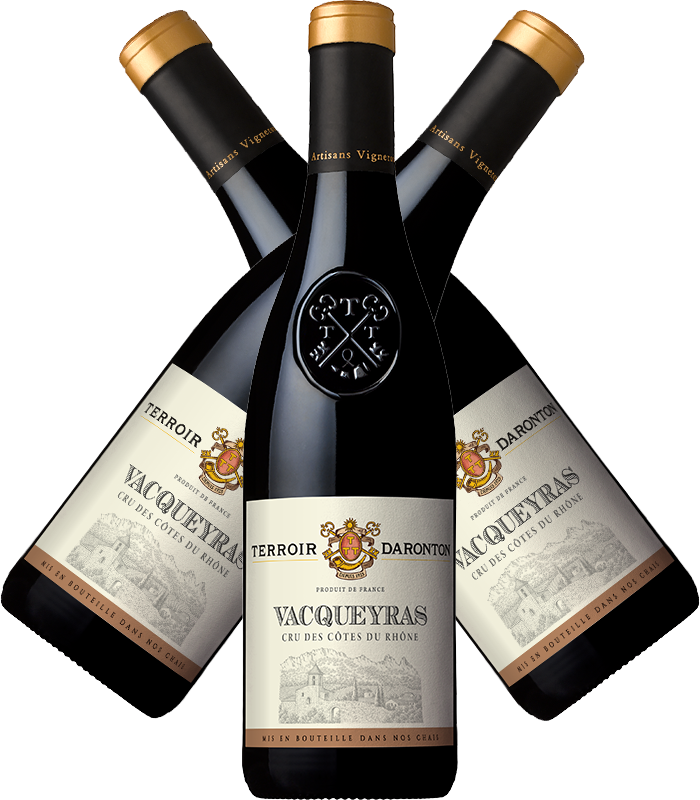
Vacqueyras means "Valley of Stones" in Latin. Vacqueyras, is a cru with balance and finesse from plateau vineyards. The appellation is naturally delimited by the Dentelles de Montmirail to the east and the upper plateaux of the Ouvèze River to the west.
Vacqueyras' terroir consists of a patchwork of numerous scattered and frequently small plots. Vacqueyras is one of the rare Rhone Valley appellations whose cru status applies to all three colours: red, white, and rosé.
The red wines are balanced, elegant, and complex. They usually have red and black fruit aromas, but also display typically spicy Provençal nuances and liquorice overtones on the finish.
They can be enjoyed young, to make the most of the red fruit overtones, or aged to reveal leather notes on the nose and candied fruit flavours on the palate.
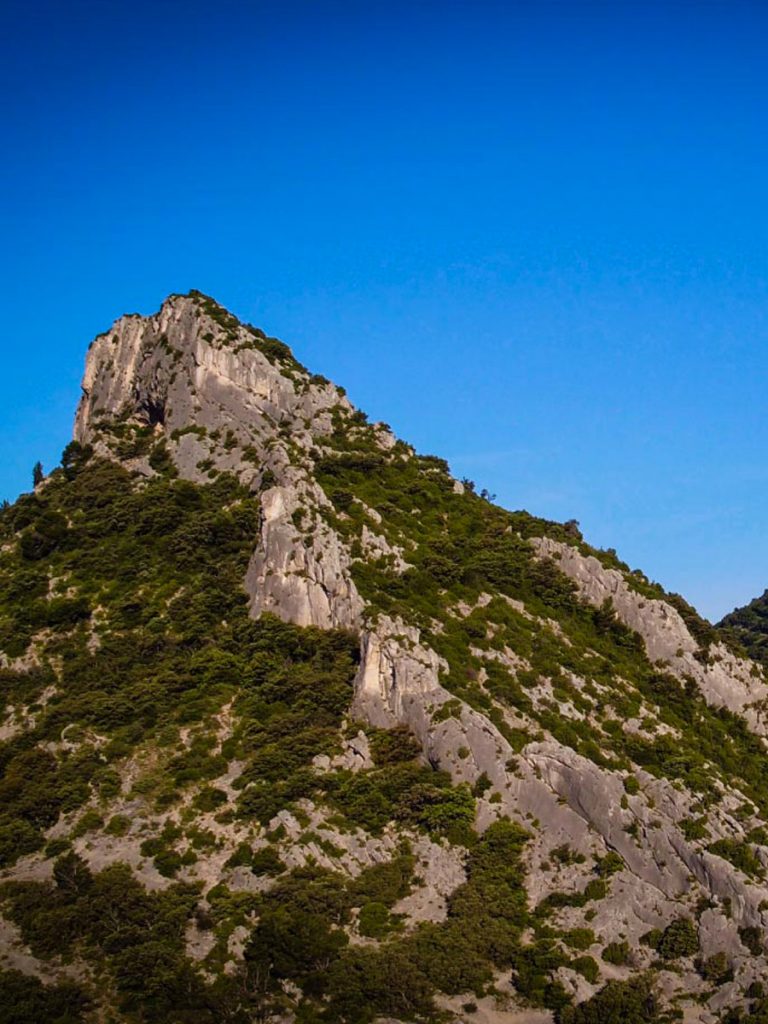
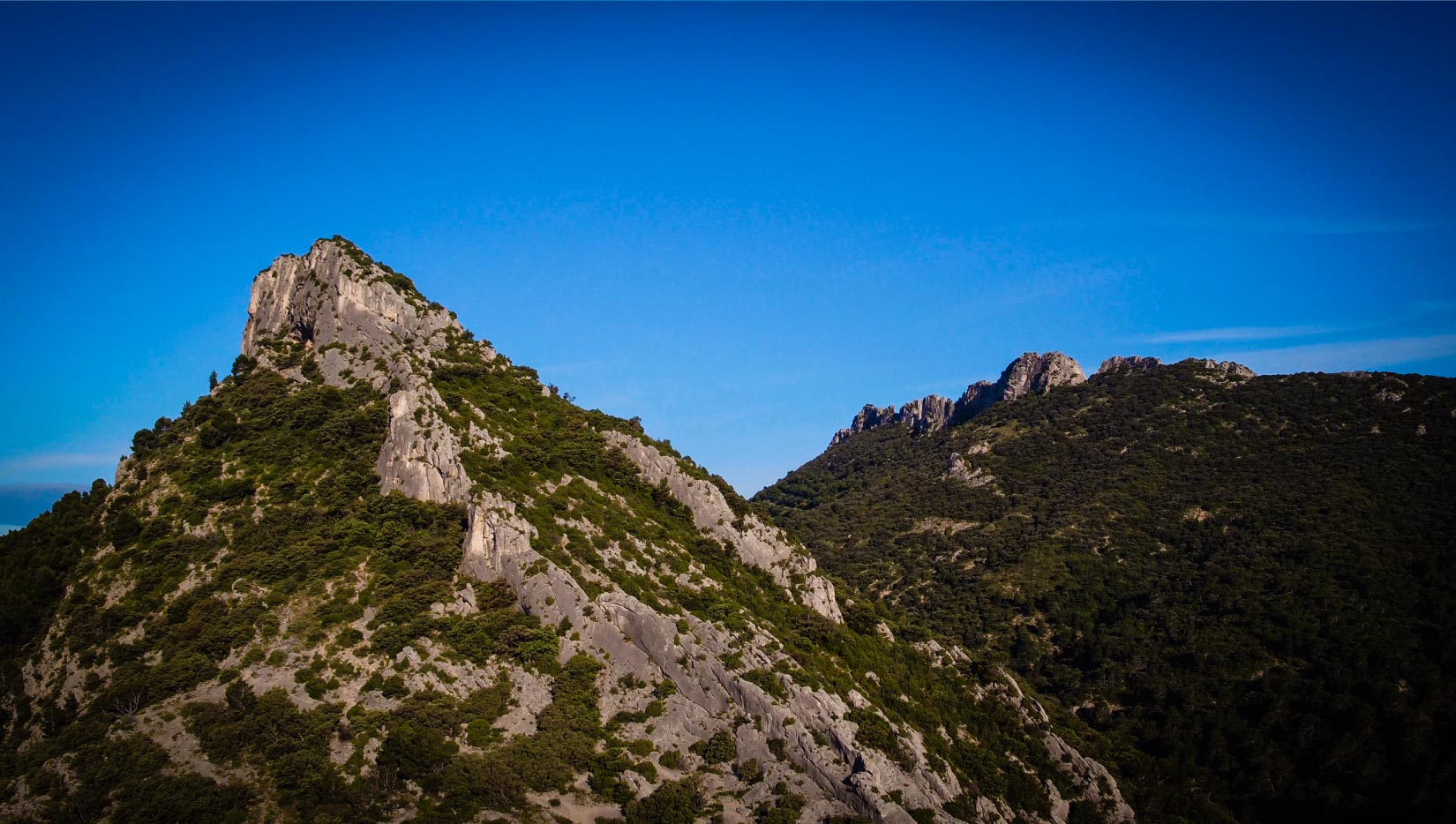
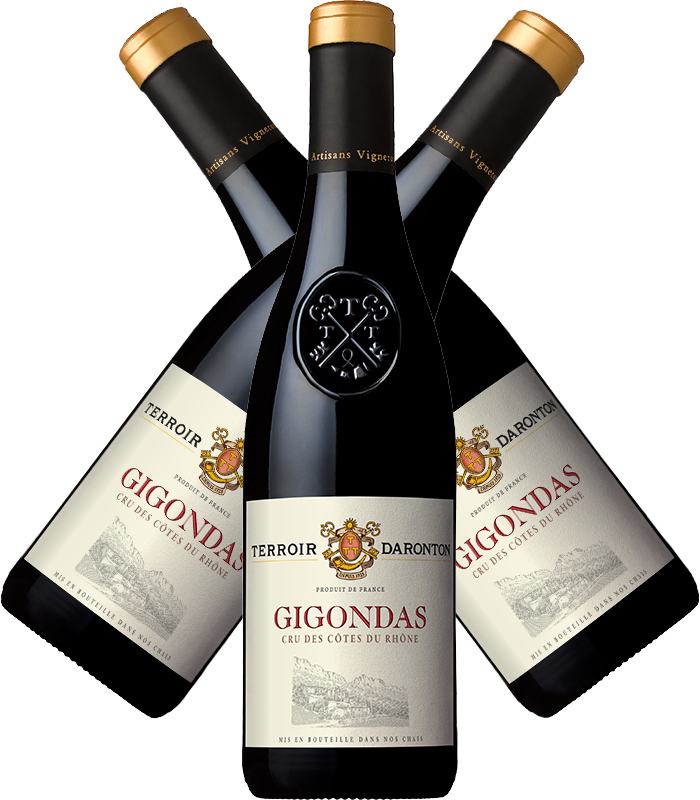
Gigondas, a colourful wine
This unique appellation nestled at the foot of the Dentelles de Montmirail produces some marvellous wines. The composition of the soil is like no other in the Rhone Valley.
Gigondas wines have a generous bouquet of sun-ripened fruit. The wines are rich, balanced, and very elegant. The nose shows hints of garrigue and thyme. Over time, the fruitiness gives way to musky nuances of forest floor and truffles.
Wines from this exceptional terroir have a finesse rare in the Rhone Valley, and delight people who seek them out.
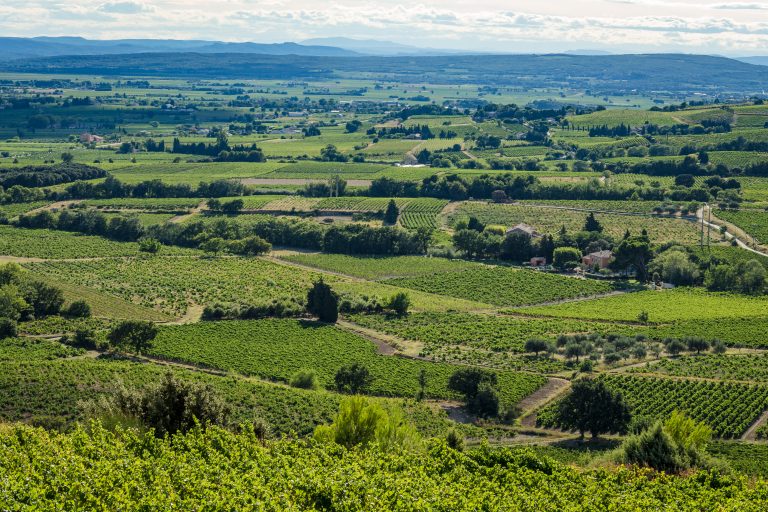
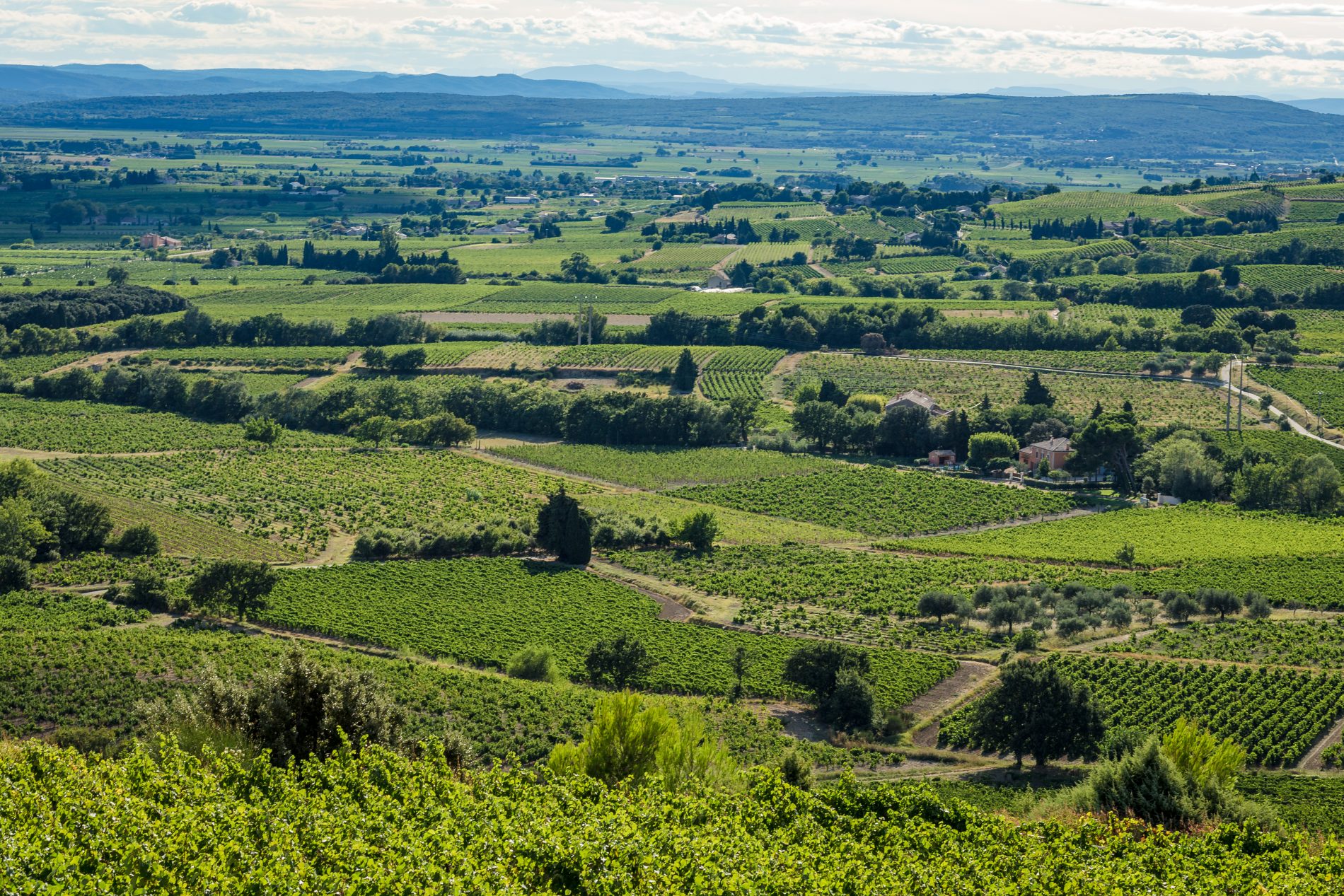
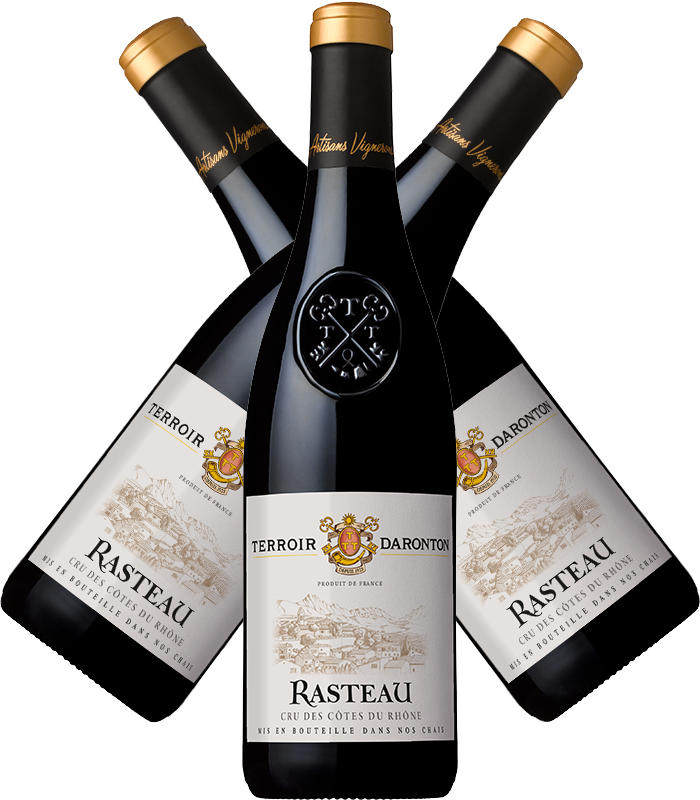
Rasteau, produces distinctive wines with notes of black fruits and leather, as well as minerality contributed by the vineyard’s famous stony hillsides.
The history of the Rasteau vineyard stretches back to the Middle Ages, when the bishops of Vaison-la-Romaine decided to make Rasteau their main supplier, as they loved its wines so much. Later, in the nineteenth and twentieth centuries, this vineyard grew from strength to strength, becoming one of the leading villages in the Rhône Valley. This rise saw the red wines of Rasteau come under the “Villages” appellation in 1966 and, more recently, in 2010, they were named ‘Cru des Côtes du Rhône’.
The terroir of Rasteau is formed of chalky clay soils, skeletal soils on marl and red soils on sandstone. They also contain galets roulés (large, round rocks) brought from the Alps by the river Ouvèze during the melting of the glaciers, more than 18 million years ago.
The red wines of Rasteau are known for their power, with particularly meaty tannins, which lend themselves very well to laying down for a long period.
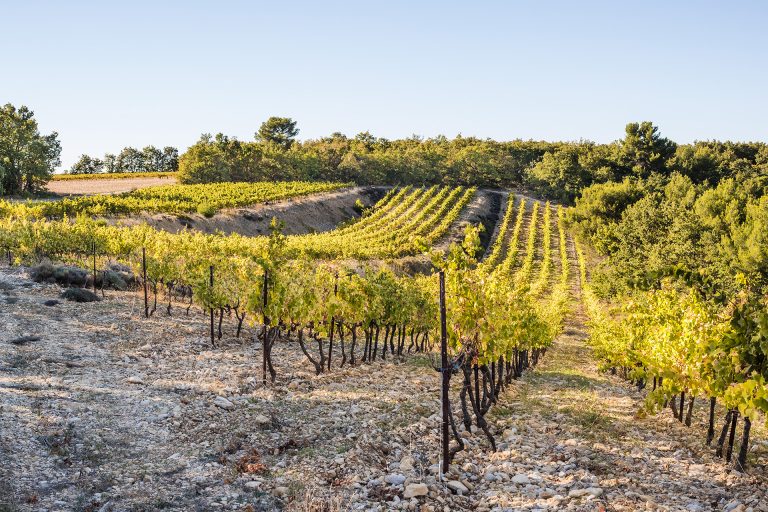
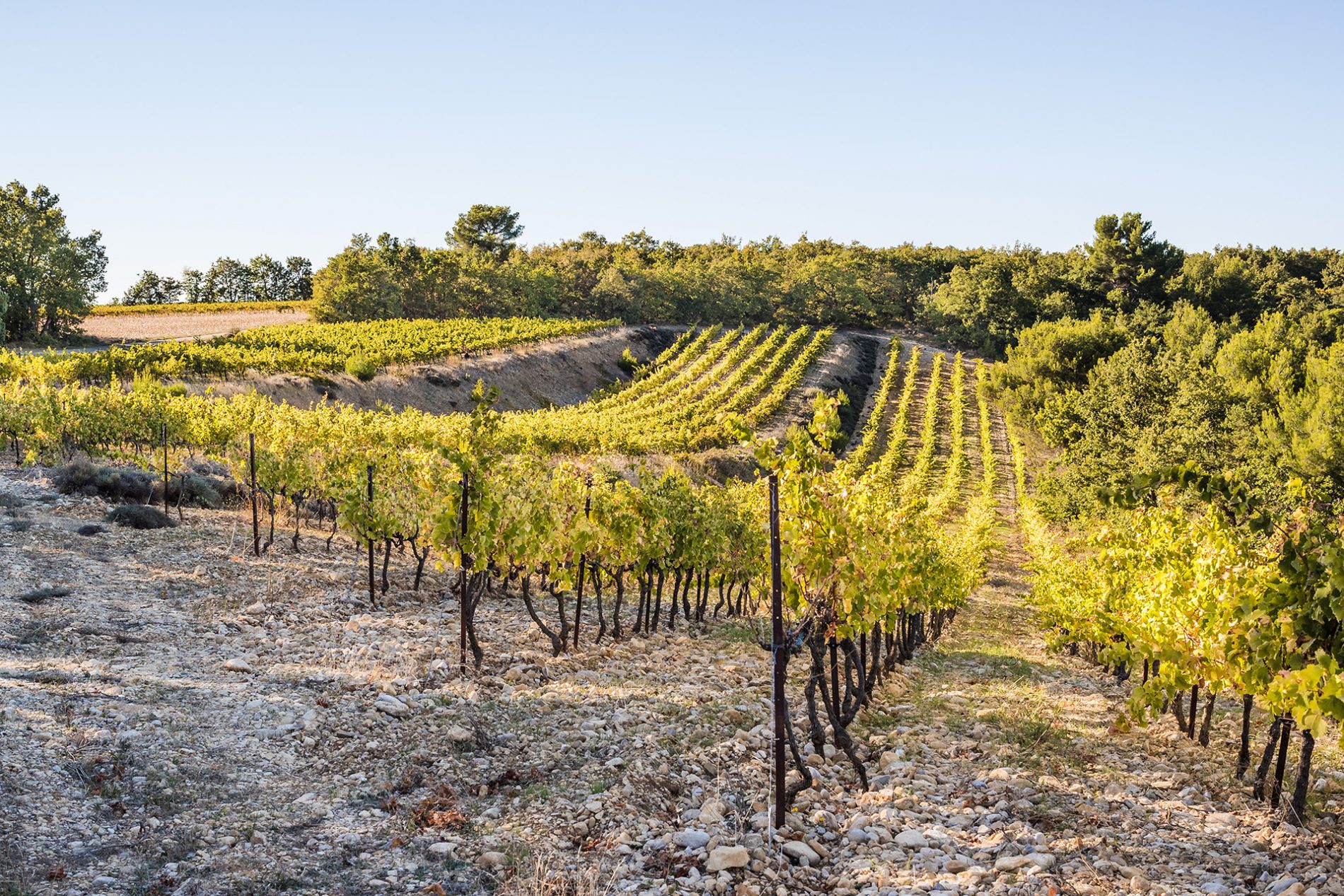
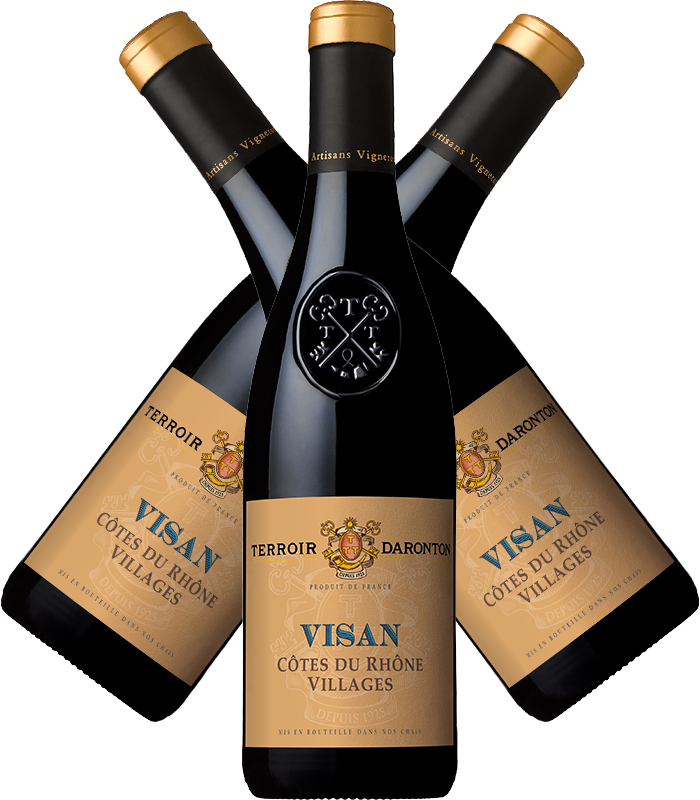
Visan is a patchwork of terroirs that enable local grape varieties to fully express themselves.
Its history is marked by the papacy that took over the village, making Visan and its produce papal property in 1344. This governance greatly aided the development of the vineyard, as well as the creation of the Confrérie des vignerons de Visan (brotherhood of winegrowers of Visan), which was the first in the region and one of the first in France. The Cave Coopérative de Visan also played a central role in building the appellation’s reputation: In 1966, it recognised all three colours (red, white and rosé) of the vineyard as a Côtes du Rhône Villages AOC.
This appellation offers subtle, elegant red wines, with aromas of red fruits, spices and mineral notes. The Côtes du Rhône Villages whites, on the other hand, are characterised by aromas of citrus and fresh fruits, as well as white flowers. Last, but certainly not least, the rosés are floral, fruity wines with subtle notes of pepper.
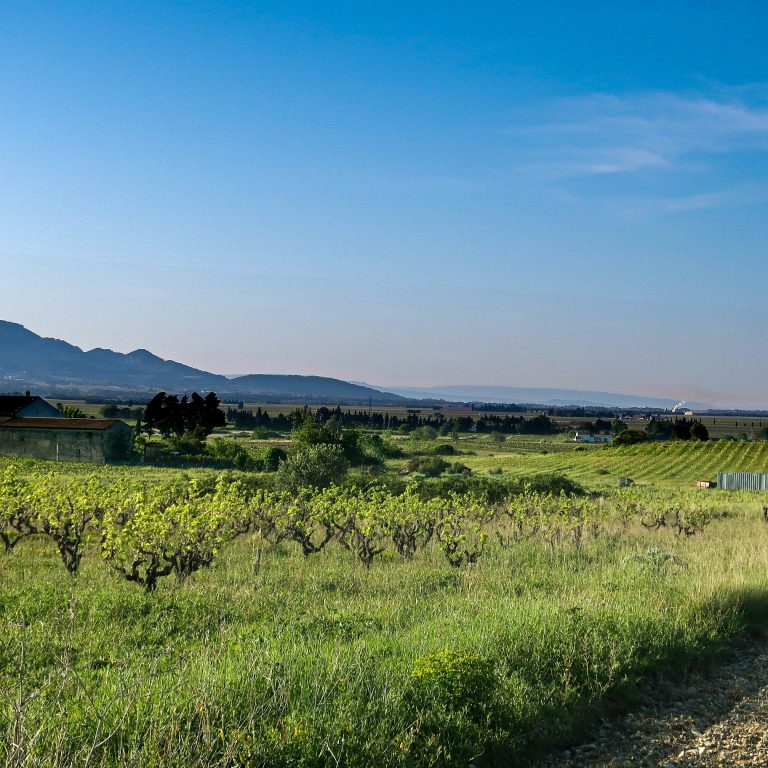
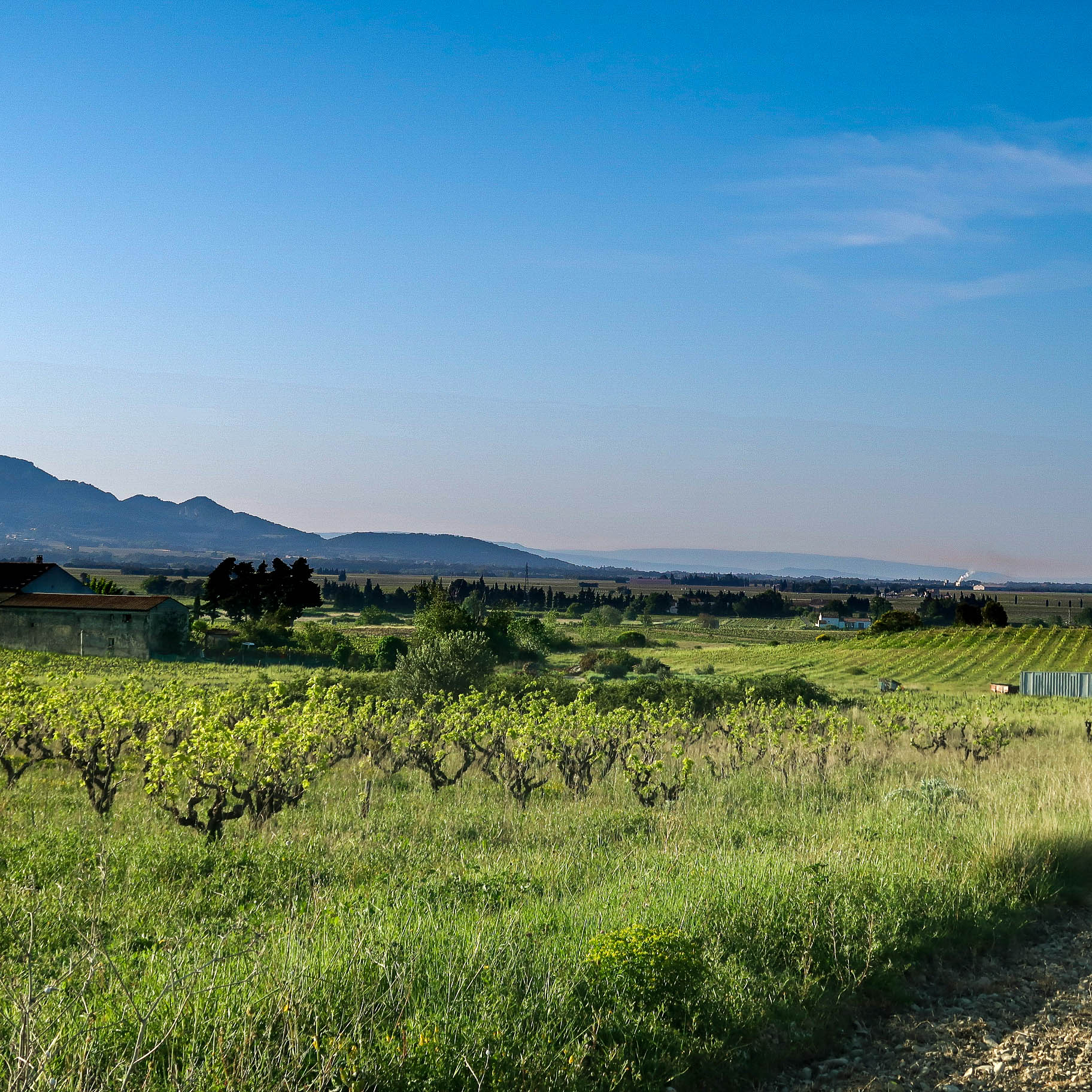
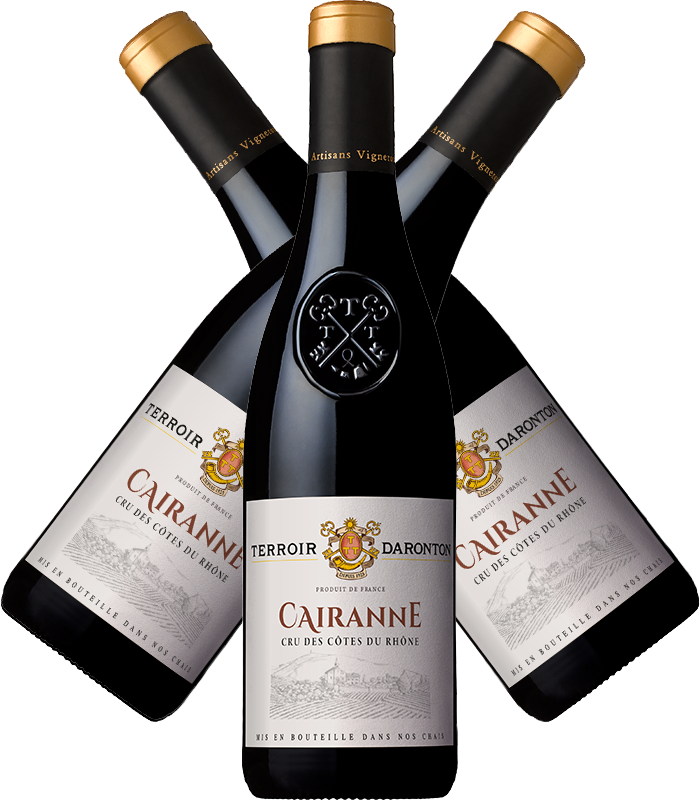
Cairanne stands proudly in the middle of its vineyard.
The red and white wines of this former fortified town are a magnet for wine connoisseurs. Grenache is dominant in the red cuvées, with a minimum content of 50%, producing mellow, spicy wines with elegant tannins. They also contain the Syrah and Mourvèdre varieties, which add complexity and finesse. With a maximum content of 30% in blends, varieties such as Cinsault and old Carignan vines help strike an excellent acidity-alcohol balance.
The white wines are rarer and less well-known in this appellation. They are far removed from the bourru (rough) wines that once made the reputation of the village.
Cairanne was recognised as a Côtes du Rhône in 1953, and then as Côtes du Rhône Villages Cairanne in 1967. It was not until 2016 that the village achieved the rank of ‘Cru de la Vallée du Rhône’ for its two colours: red and white.
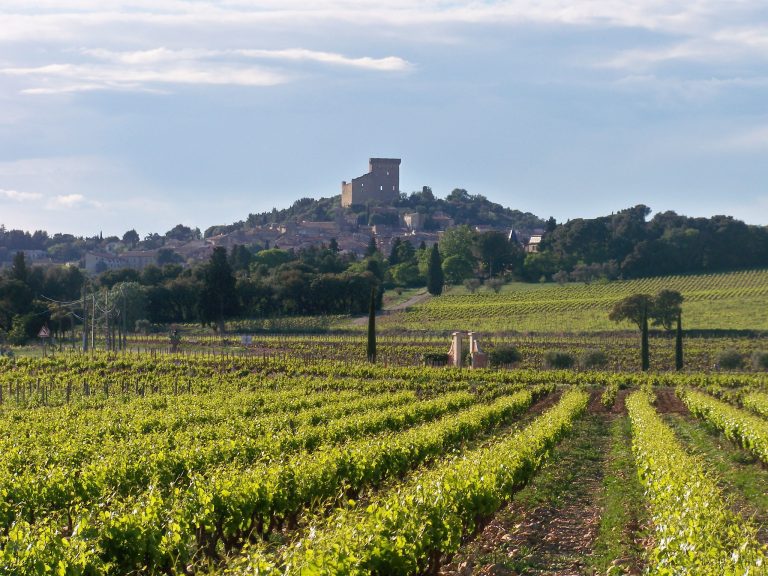
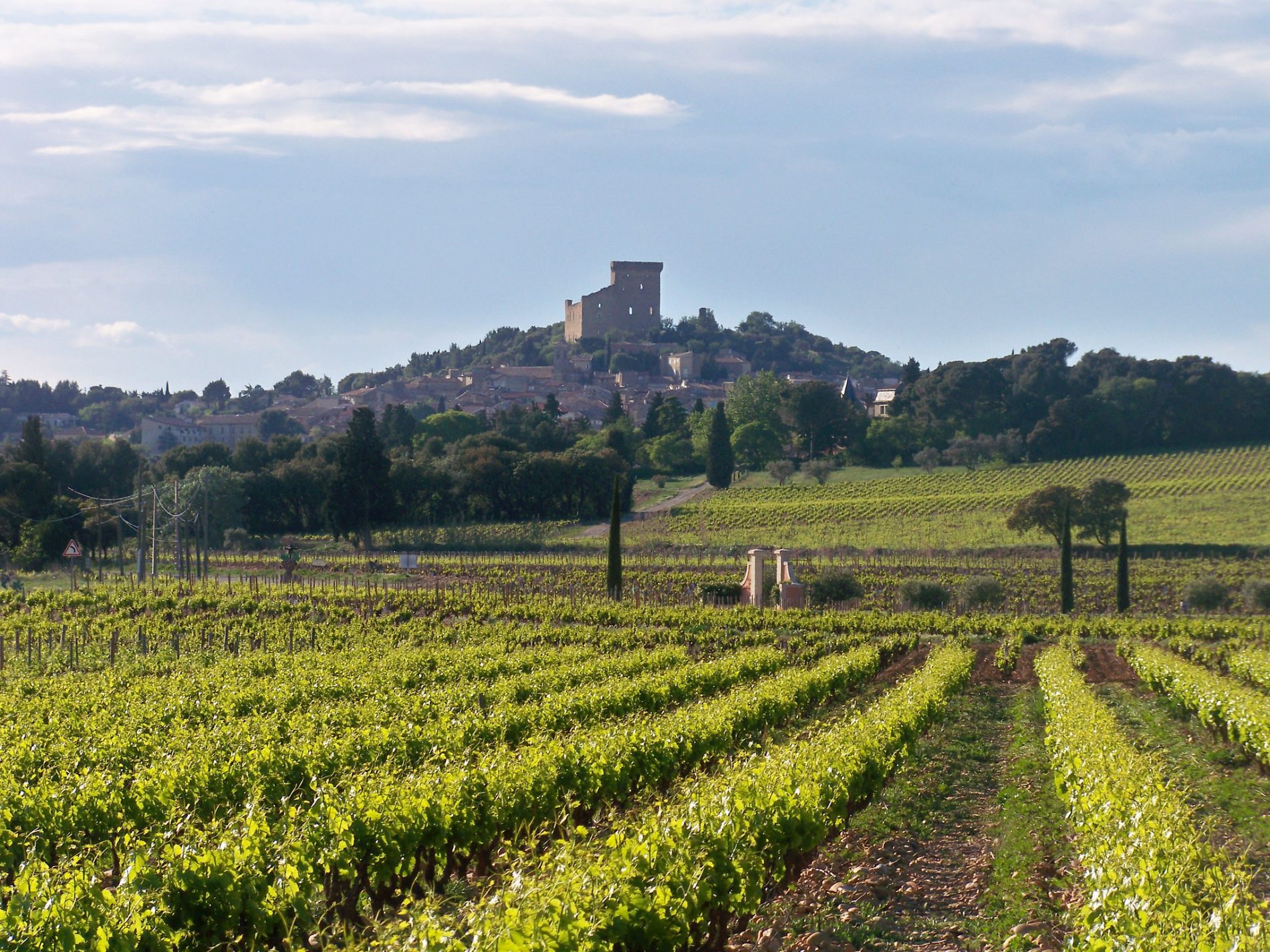
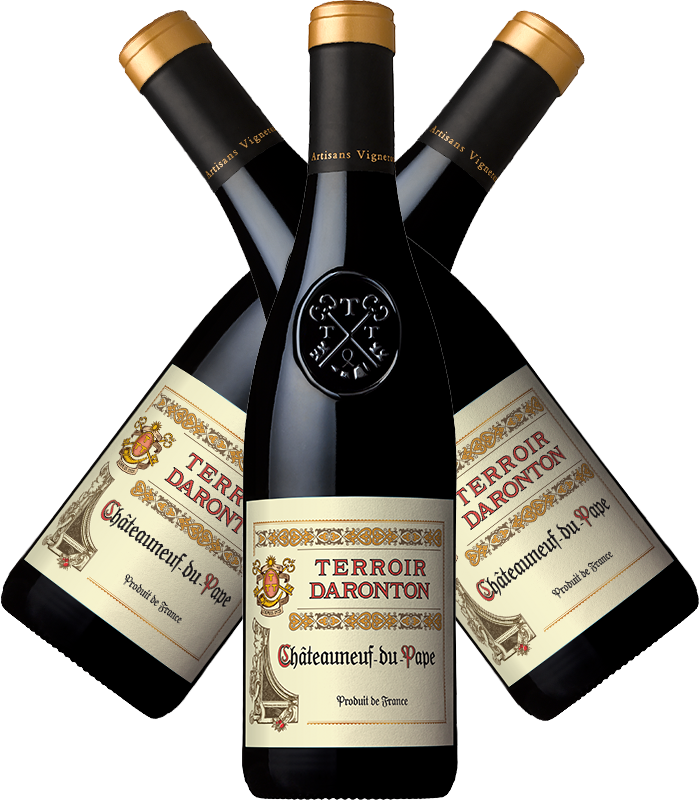
Châteauneuf-du-Pape is the most famous of the Rhône Valley appellations.
Known for its quality wines, Châteauneuf-du-Pape also stands out for the 13 grape varieties that characterise the appellation: Black-White-Grey Grenache, Mourvèdre, Syrah, Cinsault, Muscardin, Counoise, Rosé-White Clairette, Bourboulenc, Roussanne, Black-White-Grey Piquepoul, Picardan, Terret and Vacarèse.
Châteauneuf-du-Pape also owes its fame to its terroir, in particular the galets roulés (large, round rocks), which have been worn smooth by water over time. These rocks store the heat of the sun during the day and release it to the vines in the cool night air.
The red wines of Châteauneuf-du-Pape have excellent structure and powerful, expressive noses, with delicious aromas of candied fruits, liquorice and spices. These wines lend themselves very well to a long laying-down period.
The white wines may not be as famous, but they are known to superbly complement gastronomic cuisine with their aromatic expressiveness.